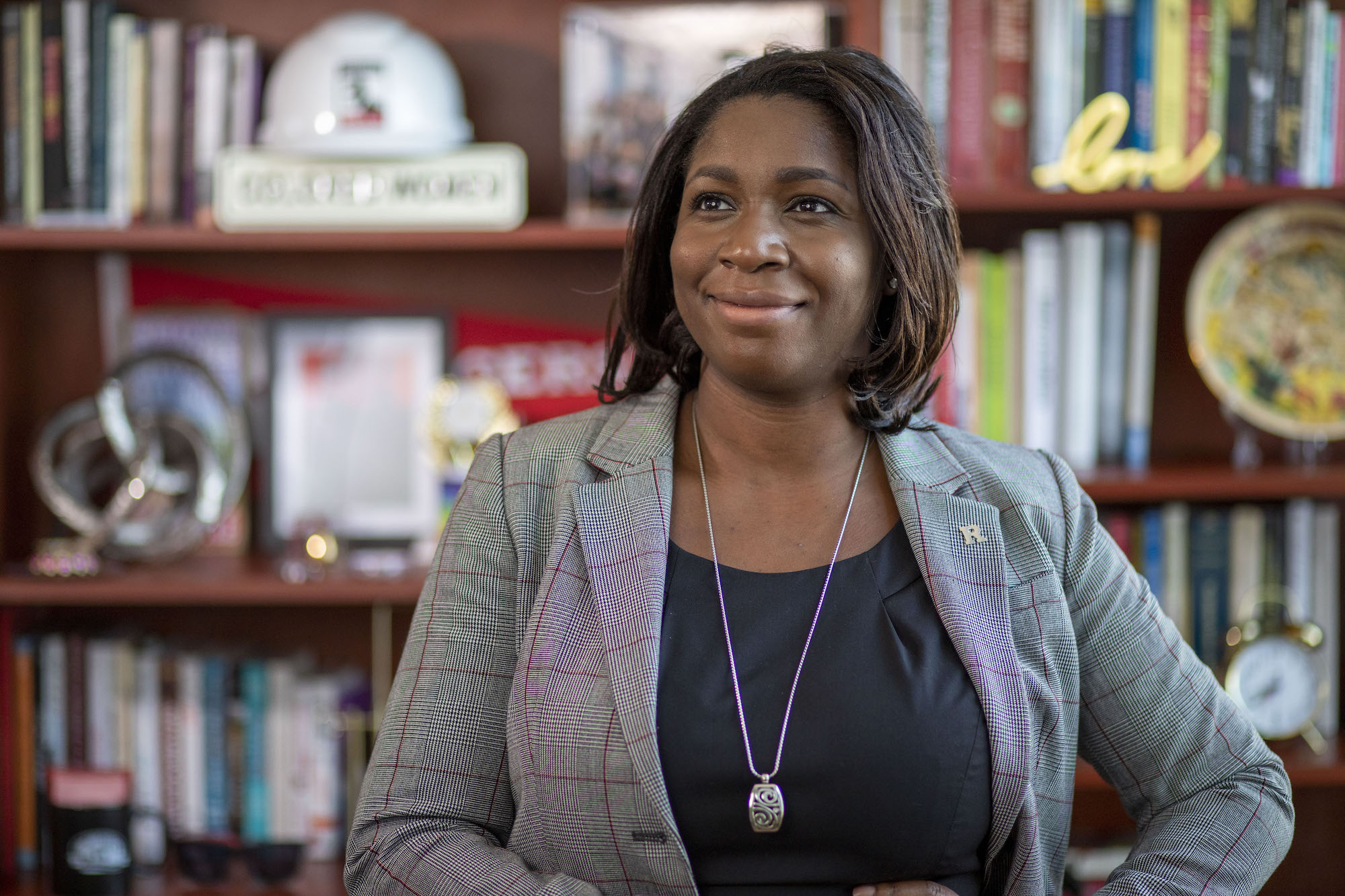

The labor market inequalities we see in the United States today are rooted in the way economic security has historically been made available for White workers at the expense of Black workers.
guest article for Labor Press, access it here
As layoff whispers grow and inflation remains high, the uncertainty of whether American workers will have a job that pays enough to survive is fueling a resurgence of unions, which have the highest approval rating by the American public since 1965, according to a recent Gallup poll.
In Work in Black and White: Striving for the American Dream, a recently published book by the Russell Sage Foundation that I co-authored alongside Dr. Caroline Hanley, we unpack the labor history behind modern racial tensions and expose fault lines in the American Dream. Large swaths of Americans understand economic insecurity in opposition to a nostalgic and romanticized view of the post-World War II period—a time of high living standards, low inequality, and widespread opportunity. But the perception of the postwar period as the heyday of American labor, requires erasing the experiences of non-White workers.
Our research found that many workers, both Black and White, are living an American nightmare—unending anxiety grounded in the reality of profound economic instability. As a nation, how tightly we hold onto the promise of the American Dream despite rising economic insecurity will define this generation. As unions fight for a living wage, they must reconcile the reality that a good job is only good as long as you have it.
We call on policymakers to pass legislation to rebuild the social safety net to help workers navigate the uncertainties that characterize modern work in America. We need to abandon the racial dog-whistle language of “entitlements,” recognizing that even those attempting to “help themselves” increasingly find that it is not enough.
Get 20 percent off when you purchase the book using code: BRANCH.










